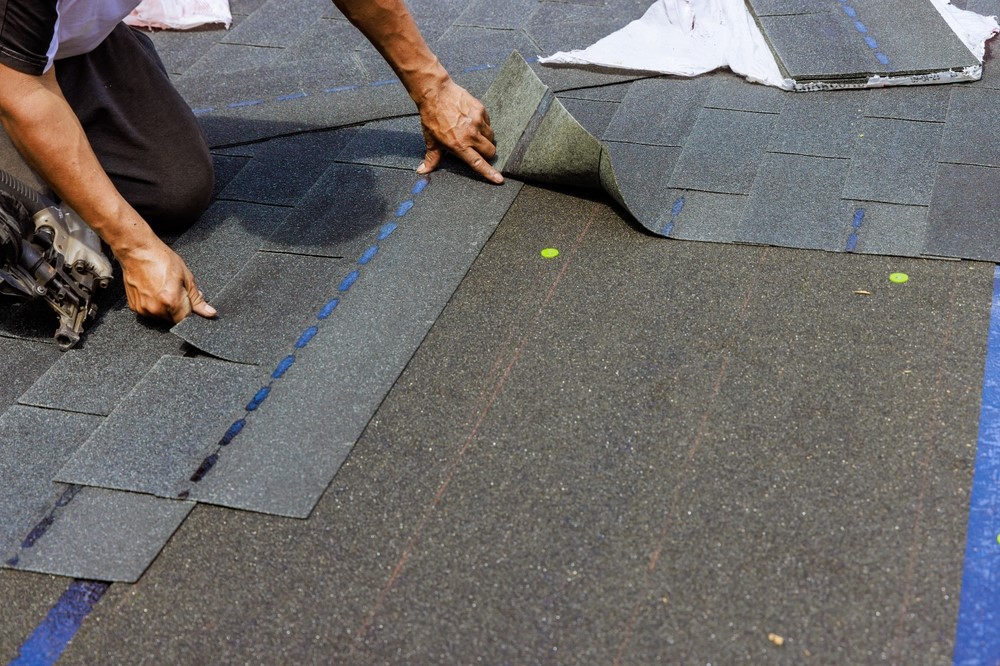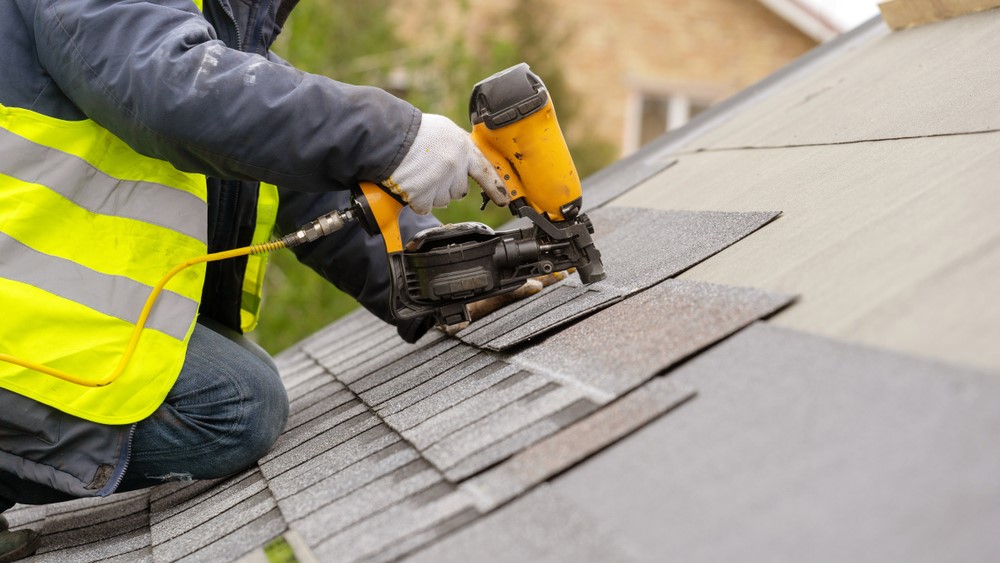How Many Solar Panels Do I Need for My Home or Business?
Once you decide to transition to solar energy, the main question is how many solar panels will you need to supply enough electricity to power your home or business. The number of solar panels will depend on the amount of electricity you require as well as your reasons for switching to solar energy. Your reasons may be to conserve the environment or lower electricity costs.
Depending on your goal, the solar energy company of your choice will guide you appropriately on the available options and the size of the solar system needed. Before coming up with the number of solar panels needed, it is vital to understand the factors that will influence the size of your system.
How to determine the number of solar panels your Home Or Business needs
Here are the key factors to guide you when determining the size of your solar system.
How much energy does your home use?
The first and most important step towards determining the number of solar panels you need is to create a viable range. You can do this by calculating the amount of Kilowatt Hours your home consumes on a 6-12 month average. Therefore, you need to calculate your average daily kWh usage by dividing your monthly usage by 30.
For instance, if your average kWh per month is 1,100 kWh divided by 30 days, it will equal about 37 kWh per day. You will then need to factor in the number of daily kWh produced by your solar system. In general, a 3-kWh solar panel system generates about 3,600 kWh to 4,800 kWh annually. A 5-kWh solar system produces about 6,000 to 8,000 kWh per year, and a 10-kWh system produces about 12,000 kWh to 16,000 kWh per year.
Home appliances
The type and size of your home appliances by all means dictates the number of solar panels you need. If you use heavy appliances like machinery, you might need more solar energy to help offset the electricity usage. This would call for more high efficient solar panels. If you have a pool to heat you will also need more panels. Based on your budget, you can use solar energy and supplement it with grid electricity. However, for homes using standard appliances, a small number of efficient solar panels will be necessary. This lays a perfect ground to offset electricity bills completely.
Hours of sunlight
The sunlight hours in your region will directly impact the size of the solar panel system. Some regions do not have consistent solar hours throughout the year. During winter, sunlight hours are minimal due to cloudier days. Regions with longer hours of sunlight need a large-sized solar system.
For example, a household in a region receiving maximum sunlight that consumes 4,800 kWh of energy annually will require 13.15 kWh of electricity daily to maintain the current supply with six hours of sunlight. To calculate the amount of energy the panels will need to produce daily, divide the average hourly energy consumption (W) by the number of peak sunlight hours in your area per day.
Buyback programs in your area
In most regions, authorities have partnered with households to connect their solar energy systems to the grid. This is essential to ensuring that your home has electricity even when there is no sunlight. Both electricity supplied from the utility and electricity generated by your solar panels is measured by the same meter under net metering. The meter runs forward when supplied by the grid and backward when your solar PV system generates excess electricity. In regions that support buyback programs, the homeowner has an opportunity to earn energy credits for their excess power. You can draw from these credits when you are using conventional power, such as during the night time. Finding out how your local power utility provider calculates these credits is a key factor in determining the number of panels to buy. The more credits you want, the higher number of panels you will need.
Roof size
In most regions, authorities have partnered with households to connect their solar energy systems to the grid. This is essential to ensuring that your home has electricity even when there is no sunlight. Both electricity supplied from the utility and electricity generated by your solar panels is measured by the same meter under net metering. The meter runs forward when supplied by the grid and backward when your solar PV system generates excess electricity.
In regions that support buyback programs, the homeowner has an opportunity to earn energy credits for their excess power. You can draw from these credits when you are using conventional power, such as during the night time. Finding out how your local power utility provider calculates these credits is a key factor in determining the number of panels to buy. The more credits you want, the higher number of panels you will need.
Solar panel efficiency
Solar panels are designed to serve different purposes. All are not created equally. For most residential areas, standard solar panels range from 150 to 370 watts per panel, depending on size. Furthermore, higher-grade panels create more energy from less surface area than lower-grade panels. In this case, if the roof space is limited due to factors like shading, a higher-efficiency panel is required. Such panels produce more electricity from less space.
The efficiency of solar panels ranges based on the type of cell technology. In this line, there are conventional panels and solar panels with no grid lines. They absorb more sunlight and increase the efficiency of sunlight conversion.
How to calculate the number
To determine a rough estimate of the solar panels you need at your home, a solar calculator will be your best bet. Most companies offer solar calculators by factoring in several metrics. Note that calculators that factor in average monthly energy usage in kilowatt-hours (kWh) are typically more accurate.
Solar calculators consider the number of kilowatt-hours (kWh) you use per month, the percentage of power you want to offset with solar, and your location. With these values, the calculator can estimate the system size in kilowatts. In the end, the total kilowatts and the rated watts per panel, the calculator will estimate the number of panels needed. Remember that calculators that ask you for information are more accurate than ones that assume.
To back the estimates, you need to hire a solar energy company to calculate the needed panels on site. Technicians from the solar company will carry out a site survey and collect the home's electricity usage to find out the size of the solar panel system it needs. They will measure the roof and determine how much sun the area receives each day and assess the home's current electrical system. This will determine the home's compatibility with a solar panel system. They will also assess the roof's structural stability to determine the number of panels it will support.
You can use our solar calculator to determine the number of solar panels needed for your home. Our tool uses Google satellite and googles very own project sunroof to provide you with estimates.
Number of solar panels needed to maximize available space
With a clear picture of the amount of energy your panels need to produce, the solar company designs a panel system to optimize the flow of sunlight, visual appeal, and ROI.
The technician will look at the angle and size of the roof. Obviously, not all roofs are created equally. For instance, if the roof varies from the standard one or is small in size, the surface's size and angle will determine the number of solar panels to produce the necessary output. Roofs with a lot of space are ideal for higher and more cost-effective panels. Some homes do not receive maximum sunlight due to obstructions like shade coverage. In this case, investing in smaller, high-efficiency panels will provide the most energy output in the space available.
Another important factor to note is the degree to which the roof slants. This determines the amount of sunlight is hitting the panels and how much energy can be produced from each panel. Technicians, therefore, determine the exact combination of panel sizes by considering the angle and size of the roof.
Solar energy storageInstalling a solar battery storage system basically depends on your goals, like reducing energy bills. Installing an efficient battery storage system will help reduce energy bills to a large extent. Batteries help in storing unused energy and reduces reliance on grid electricity.
On average, households with solar panels alongside battery storage use about 80% of the energy they generate, while households without battery storage use only 40% of their energy. Note that the amount of money you can save by installing solar panels with solar battery storage relies on the number of solar panels installed.
ConclusionThere is no upright answer to the question of the number of solar panels you need. However, by factoring in the guidelines above, you will have a clear picture of the number of panels you need. For a clear picture, it is advisable to engage a solar energy company. Technicians will help you calculate the exact number of panels you need alongside to guide you to complete the necessary permitting and steps. The company will also determine the size of your system. Additionally, your installer will ensure all equipment is installed appropriately and oriented, and tilted to maximize the daily sunlight.
However, before settling for an installer, shop around to ensure you get the best value proposition. Look at what the installer has to offer and their reviews. The company should be able to offer effective solutions that lie within your budget. Make sure they are fully licensed, insured, and have a good industry reputation.
Subscribe to TruHome Pros's Blog









Comments